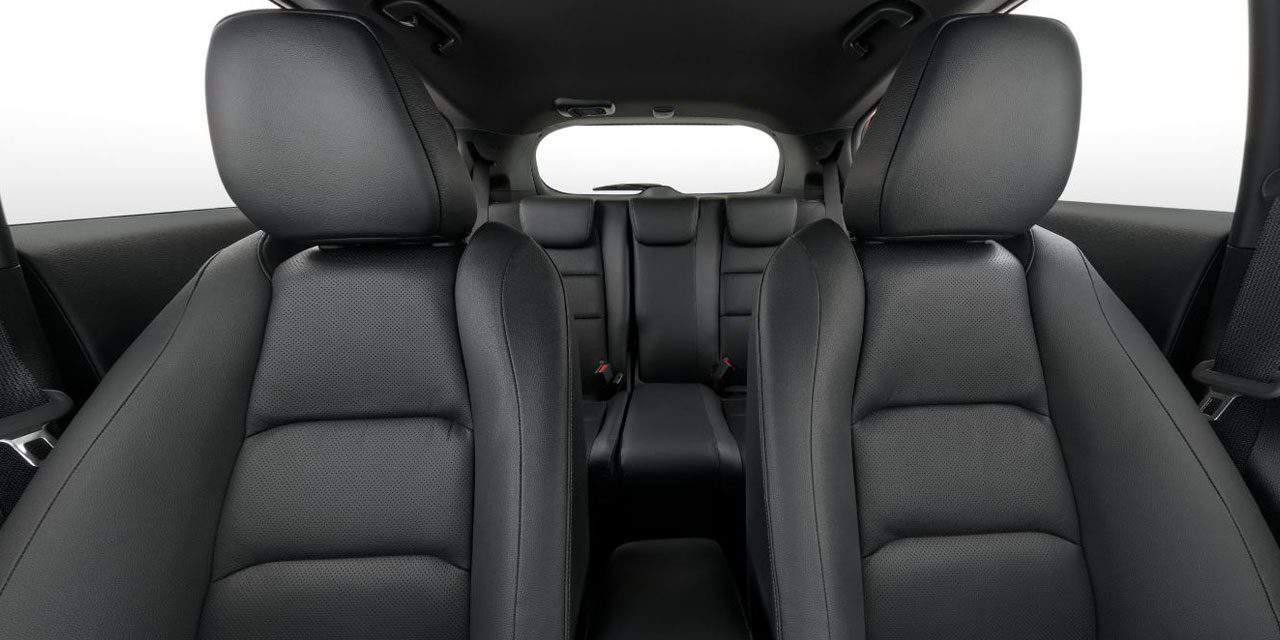Despite the title above, you should not expect acres of space in a tiny city car. Physics is still unbeatable. However, clever engineering can make a big difference and nowadays it seems that small cars offer more space than ever.
Very often in our video reviews, especially of small SUVs, you can see that the rear seats are large enough for adults – something that was impossible two decades ago is now becoming an industry standard.
The rules for this list are that it has to be a reasonably small vehicle with at least 4 seats and a boot. Also, we will be skipping Japanese kei cars, those absolute champions of quirky spaciousness. As we will be crossing segment borders, we are not listing them from worst to best by the amount of space inside. What is enough for one person’s needs may not be so for the next one’s.
However, all of these small vehicles offer more space than you would suggest at first sight.
Honda HR-V
There had to be at least one Honda model on this list for two reasons. First of all, their engineering is rightfully praised. Secondly, they offer a unique feature that they call Magic Seat. It includes a set of features for the rear seats that let you lift up the sitting section making it possible to carry tall objects that could not fit into anything but a van.

Moreover, when you fold them, the sitting section is pushed forward and it drops lower to the floor which makes the boot floor completely flat when the seats are folded.
While Honda’s lineup is Australia is limited, so we opted for the HR-V for this list, this feature is found even on smaller cars such as the Jazz/Fit, making the small city hatchback unmatched in terms of spacious practicality.
I MEAN THIS FEATURE
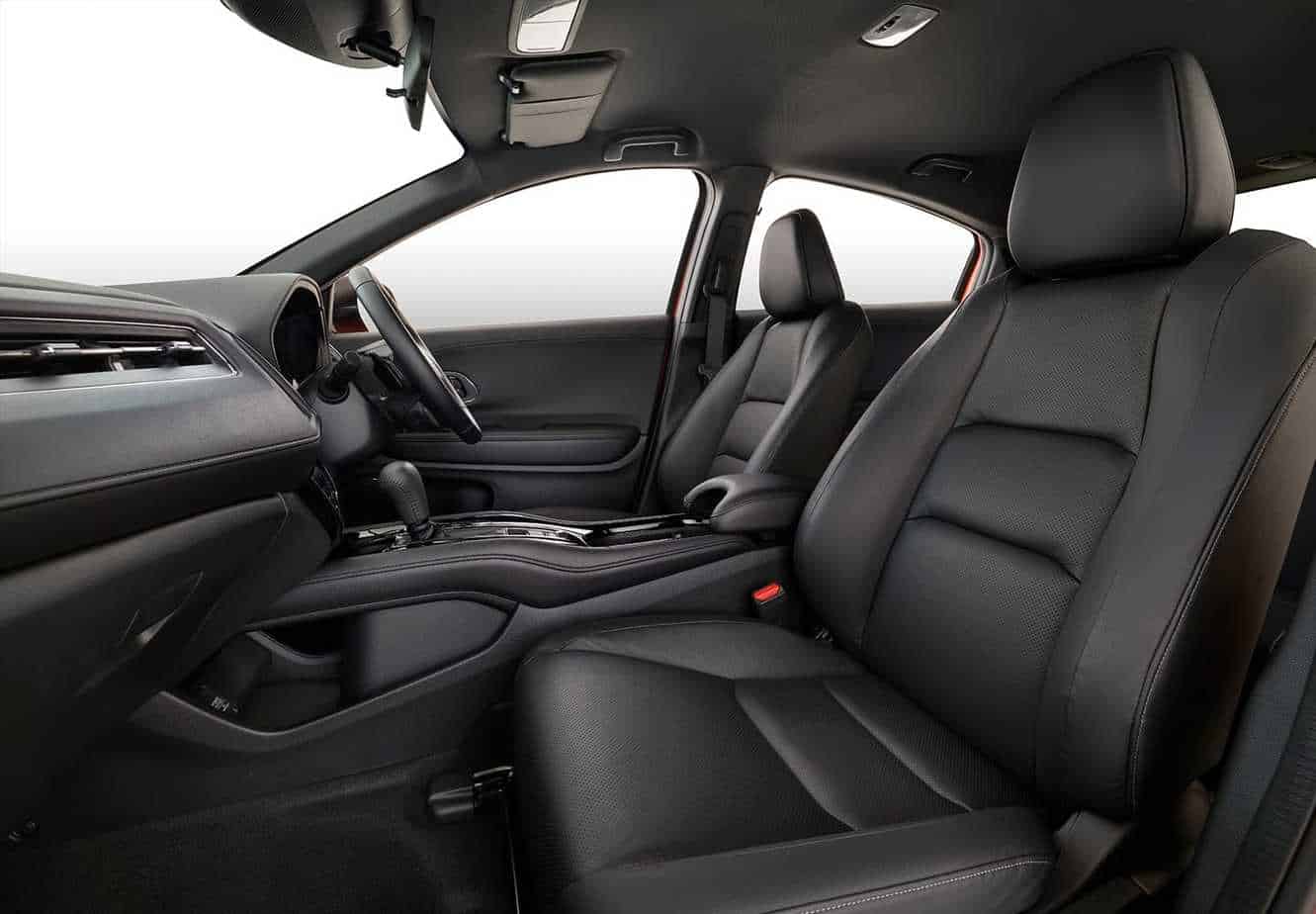
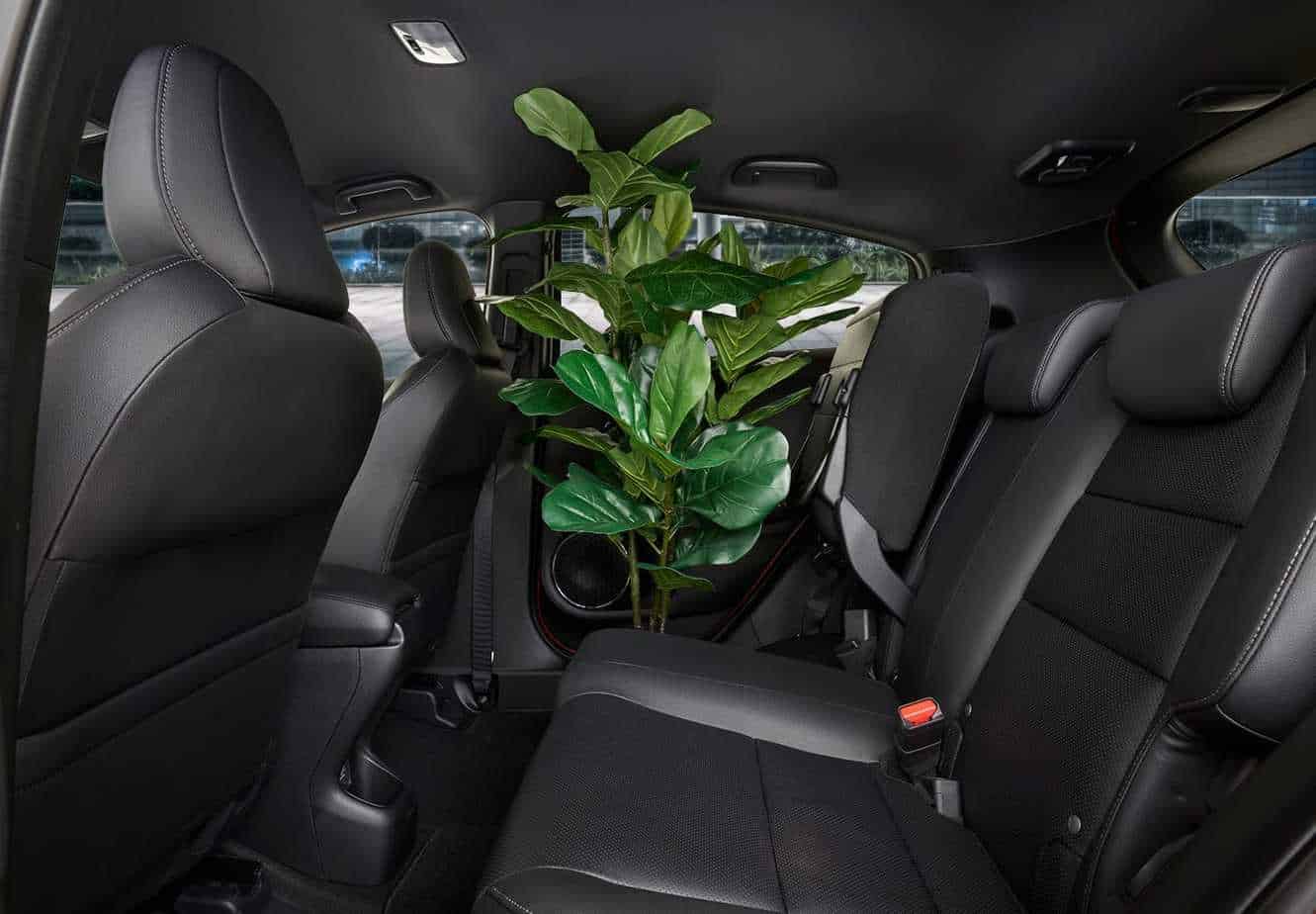

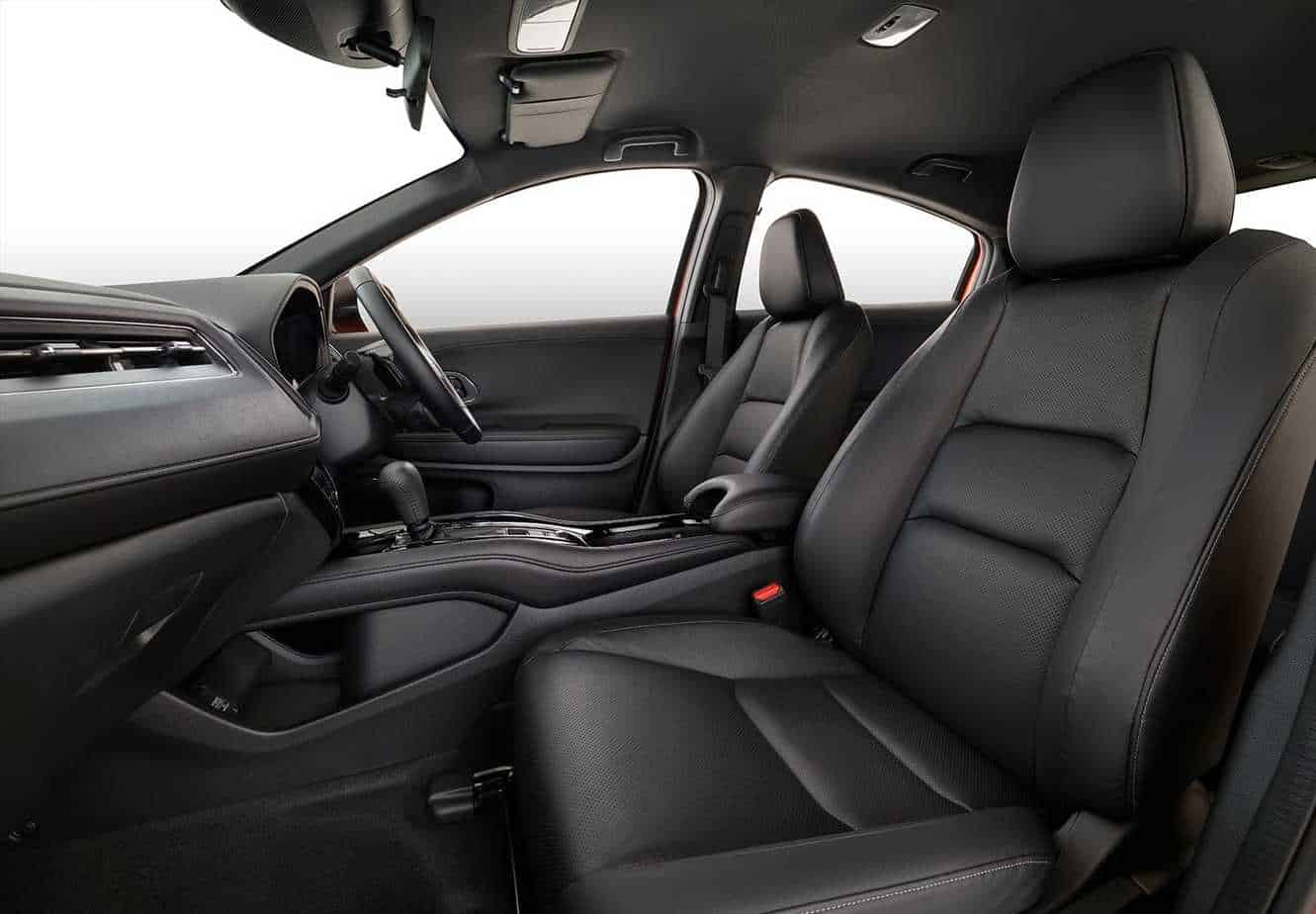
Volvo XC40
A car beloved by buyers, enthusiasts and our CarTell.tv team had to be on this list. It has an accommodating boot and a deceivingly large cabin. Once again for this class, two passengers in the back will have more than enough space. Three adults will have an issue mainly due to the width, but three children will be OK.
Add to that good powertrains, high-quality interiors, among the best in class and the elegant, yet conspicuous image and it is clear why the XC40 is so beloved.
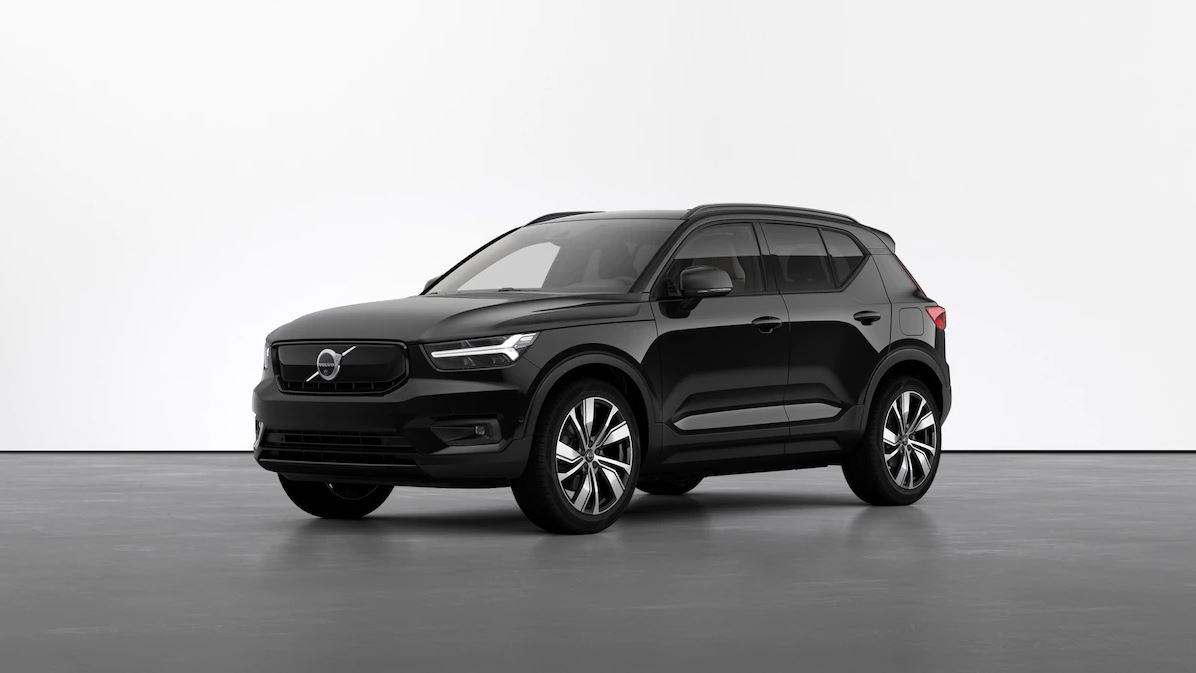
Kia Seltos
The small Kona sibling quickly grew a following, thanks to its distinctive styling, proven mechanics and the growth in popularity that both Kia and Hyundai are enjoying at the moment.
Now, sharing pretty much everything under the skin with another model, yet having more than 70 L of boot space more than that model is truly a fine achievement. This is exactly what the Seltos has over the Kona.
But it’s not just the boot space, even though that would be enough. The Seltos has remarkable space for rear passengers, great knee angle due to the increase in height. Two adults in the back should have no complaints and this is not something we can’t really say for many cars in this segment.
We also compared it to the Qashqai, being somewhat of a benchmark for this segment. The difference in the interior space is remarkable in favour of the Seltos.
So, how did Kia manage to give more space for the passengers and more boot space than the Kona in a car that should be basically the same under the skin? That’s the topic for an upcoming article, so stay tuned.
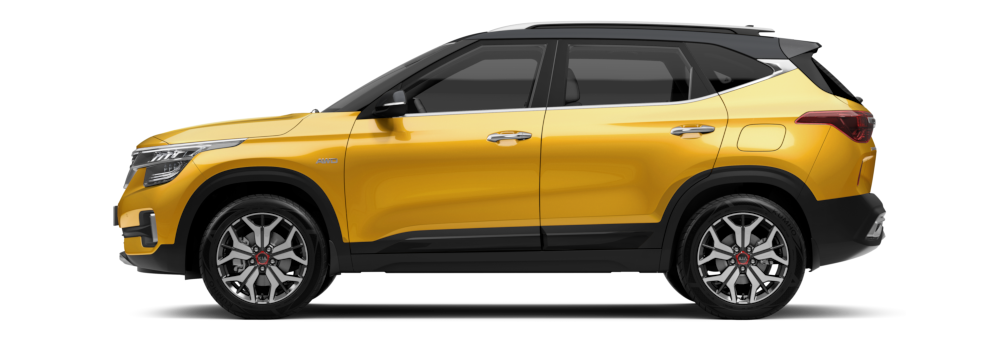
Citroen C3 Aircross
Citroen is famous for making unusual cars and the latest generation does not disappoint. The weird C3 Aircross is a favourite among younger buyers over in Europe. Keeping it FWD only gave a lot more space for the boot floor to go down. The results of this include a prominent load lip, but also more than 500 L of space, amazing for a vehicle of this size.
Moreover, clever, minimalist interior and sliding and folding rear seats add to the cabin space making the C3 Aircross far more accommodating than its exterior would suggest. Add to it the unique styling and it is strange that it is not as popular here as it is in Europe.
Before we move on to other models that you can buy new right now, we have to mention one that can’t be bought now, but that set new standards for smart solutions – Toyota iQ.

It was just a bit longer than the Smart ForTwo, but it actually had 4 seats, 3 of which could be used with some comfort. The dashboard in front of the front passenger was trimmed and moved forward so that meant that the front passenger seat could also be moved forward, leaving surprising legroom for the rear passenger behind that seat for a car that is actually under 3m long. The fourth seat, the one behind the driver, was only for small children.
With heaps of other smart engineering solutions like a special differential, rear angled shock absorbers and a flat fuel tank under the floor, the iQ actually offered more space and a smaller turning circle than the Smart For Two while fitting in the smallest parking spots. A remarkable achievement.
Suzuki Ignis
Another car with similar philosophy, but far less quirkiness and more practicality is the Suzuki Ignis. We reviewed it recently and we were stunned by the amount of interior space. “Subcompacter” than the subcompact city SUVs, the Ignis offers remarkable space in a body that is only 3.7m long. That makes it 0.6m shorter than the Seltos! It is actually far closer to minute city hatchbacks in terms of exterior dimensions. Not in terms of interior space.
Elevated driving position and a boxy body make it great for maneuvering around town and a minimal turning circle is just awesome.
What’s more important for this article is that that same boxy body does wonders for the interior space. The minimalistic dashboard focuses on packaging practicality in a compact space so that frees up more space for the front. This means that rear legroom is better than you would guess and the elevated cabin with a relatively low floor means you sit upright with a very comfortable knee angle. Furthermore, that boxy body gives lots of headroom. The boot of at least 270 L is not really huge, but compared to those smallest city cars, it is more than good.
Let me put it this way. The Ignis is as long as the Hyundai i10. If you don’t know what that is, it is because Hyundai obviously feels it is too small for our market. The smallest one we have here is the i20. Well, the i10 is smaller than the tiny i20 and the Ignis is as long as the i10. However, it offers far more space.
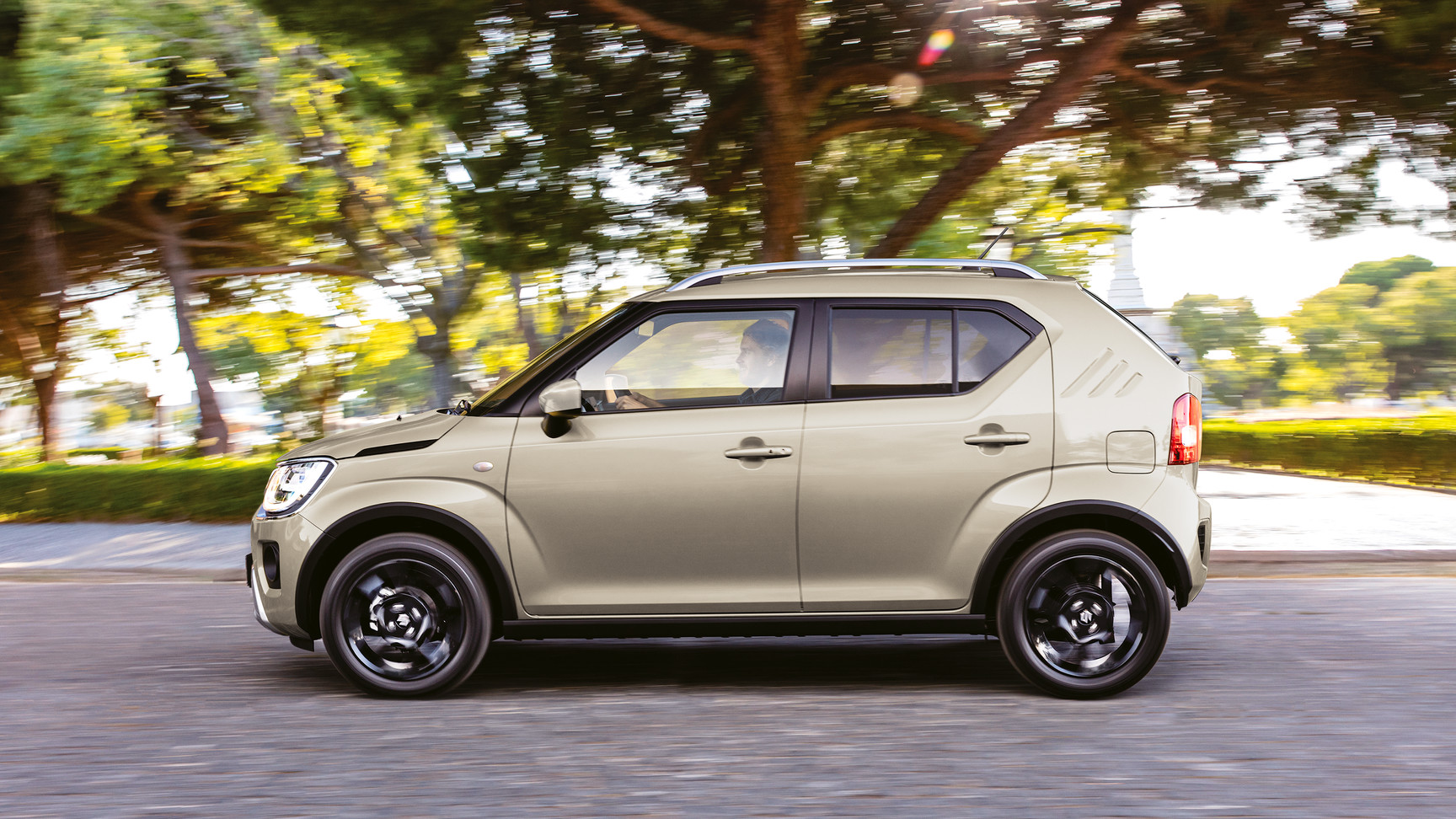
What are your experiences with small but spacious cars? Feel free to let us know if you feel we’ve missed any of the winners in this category.

